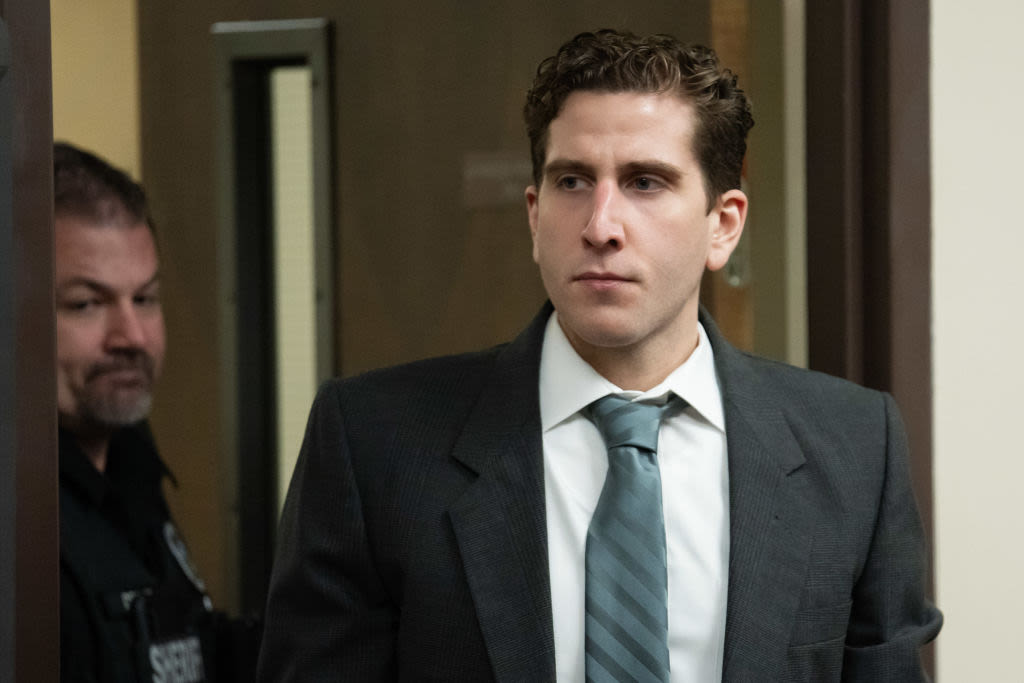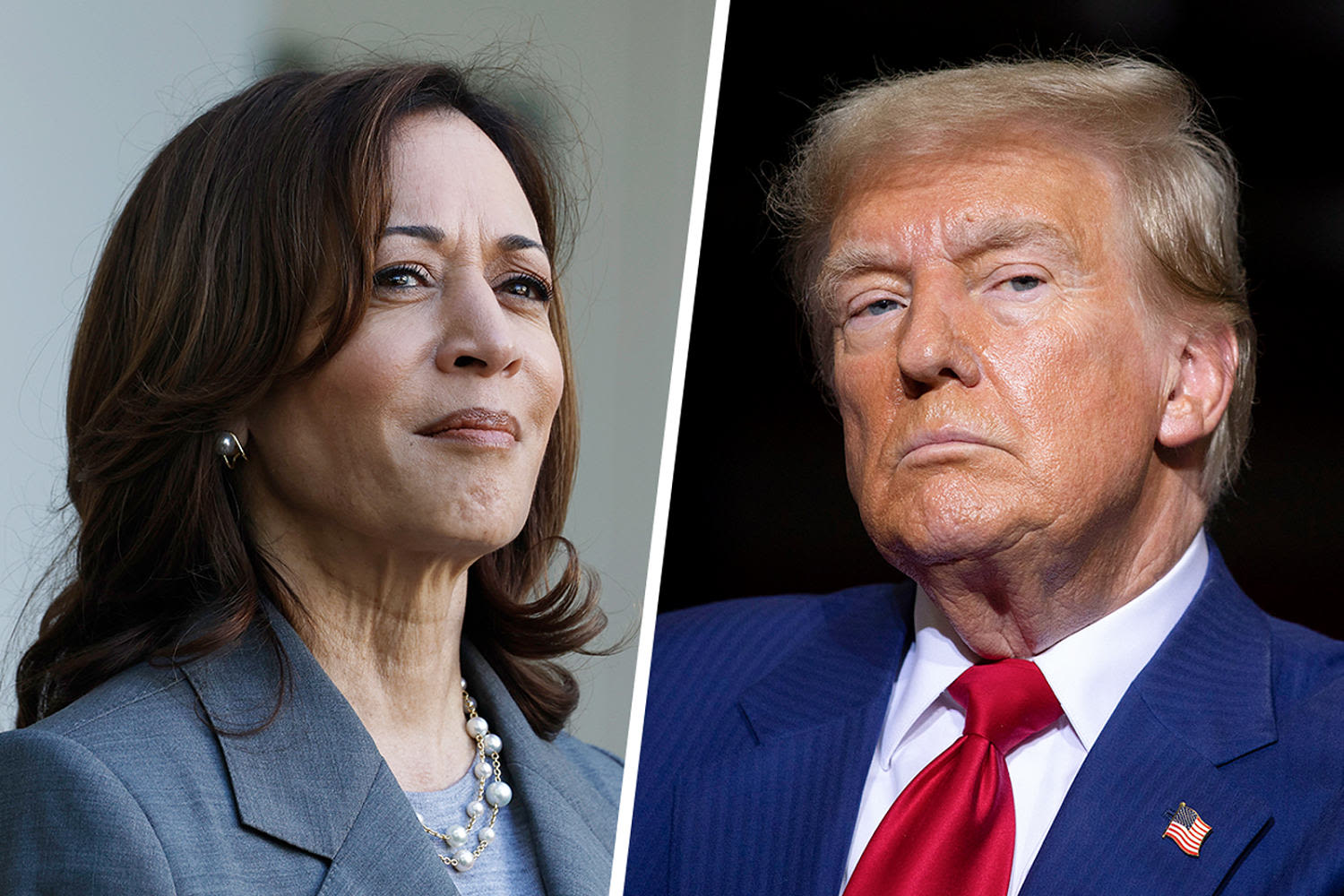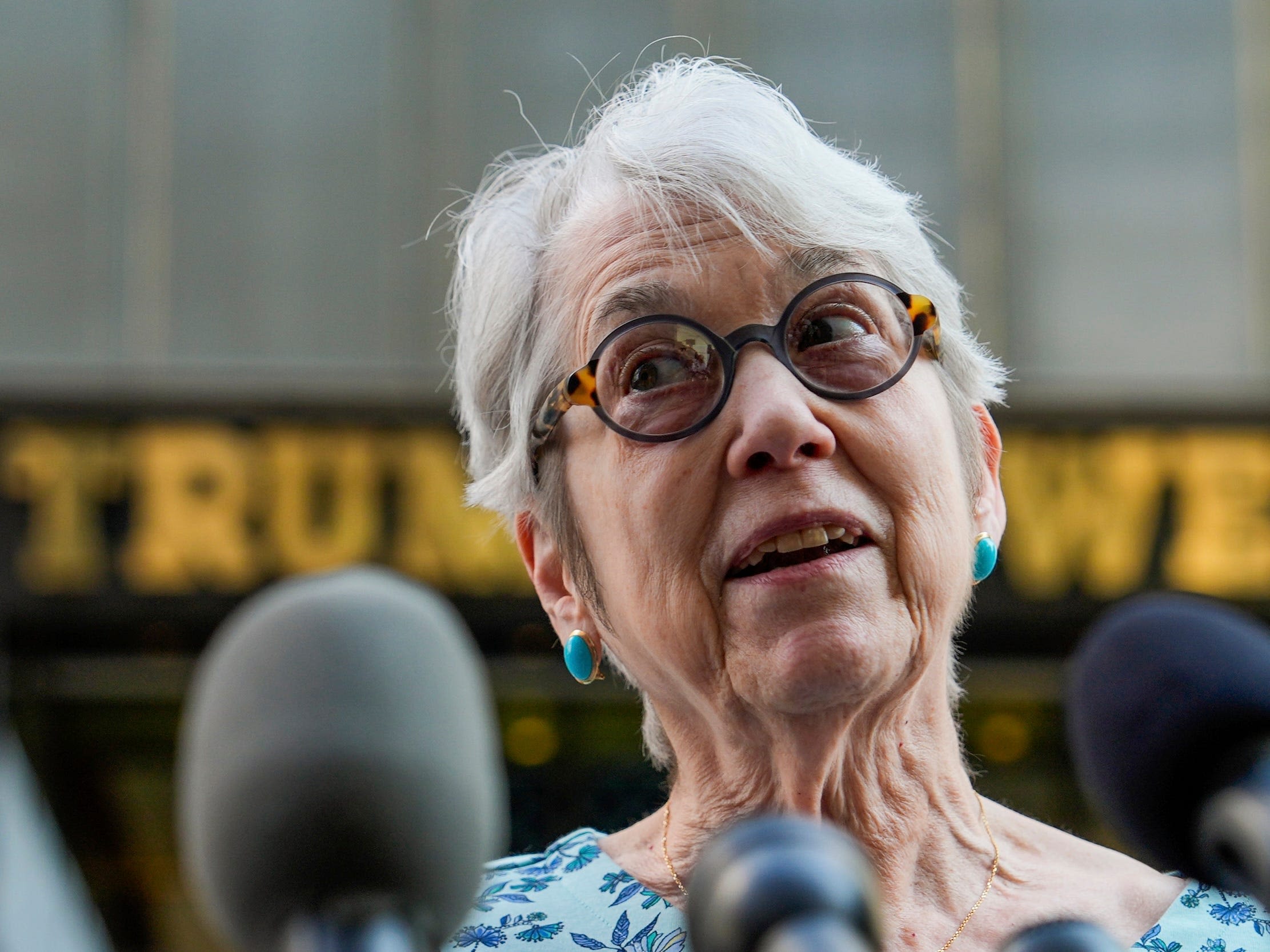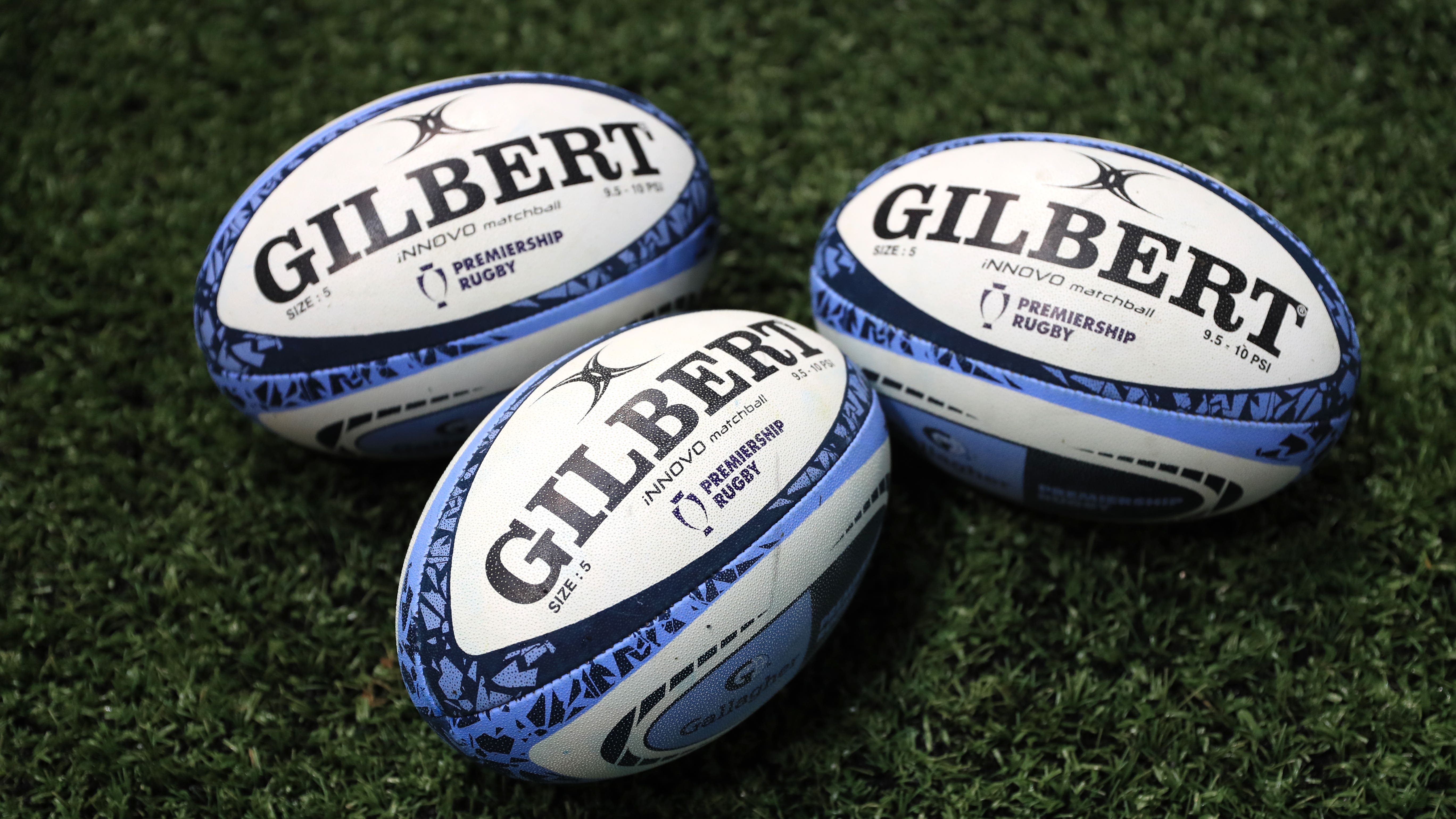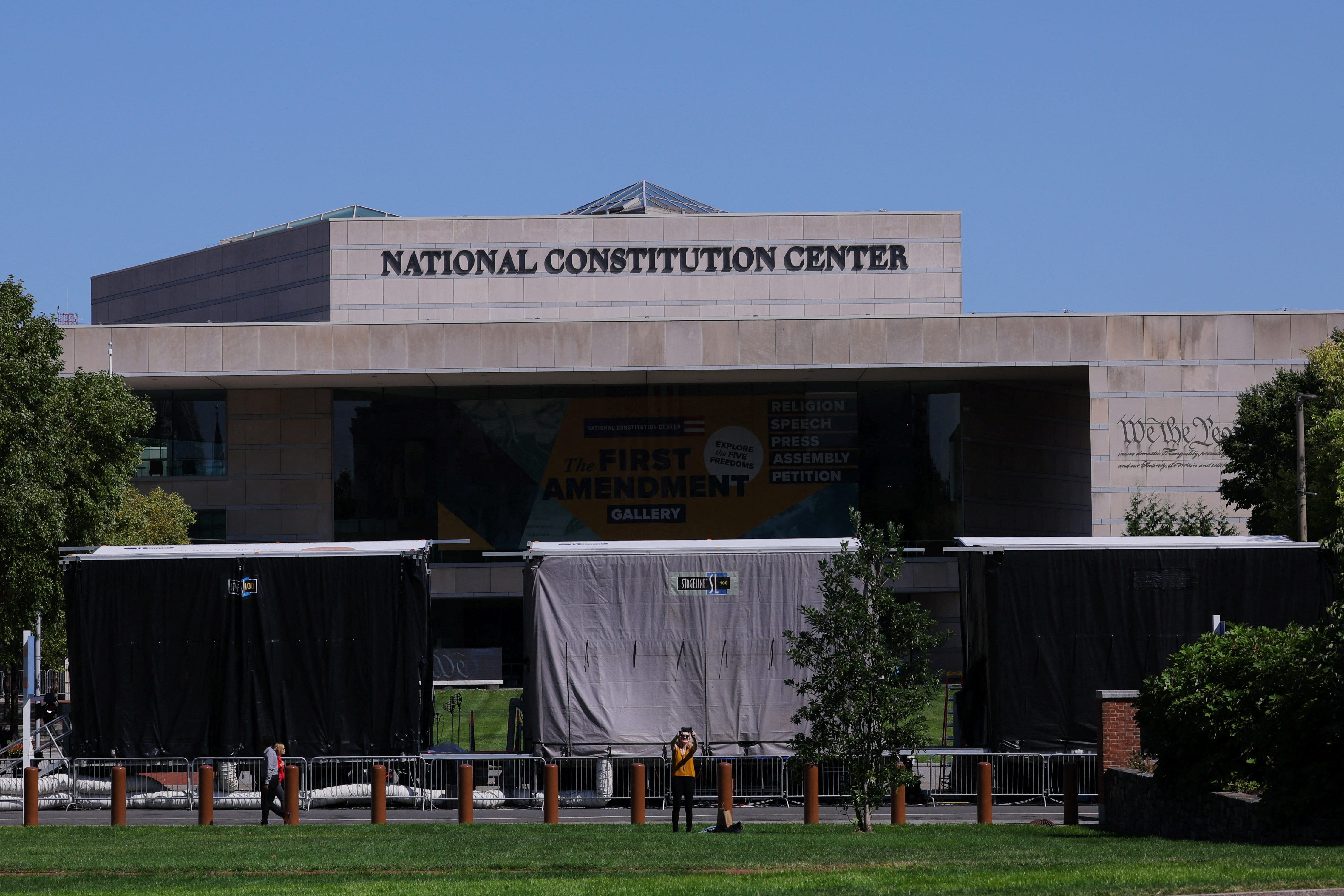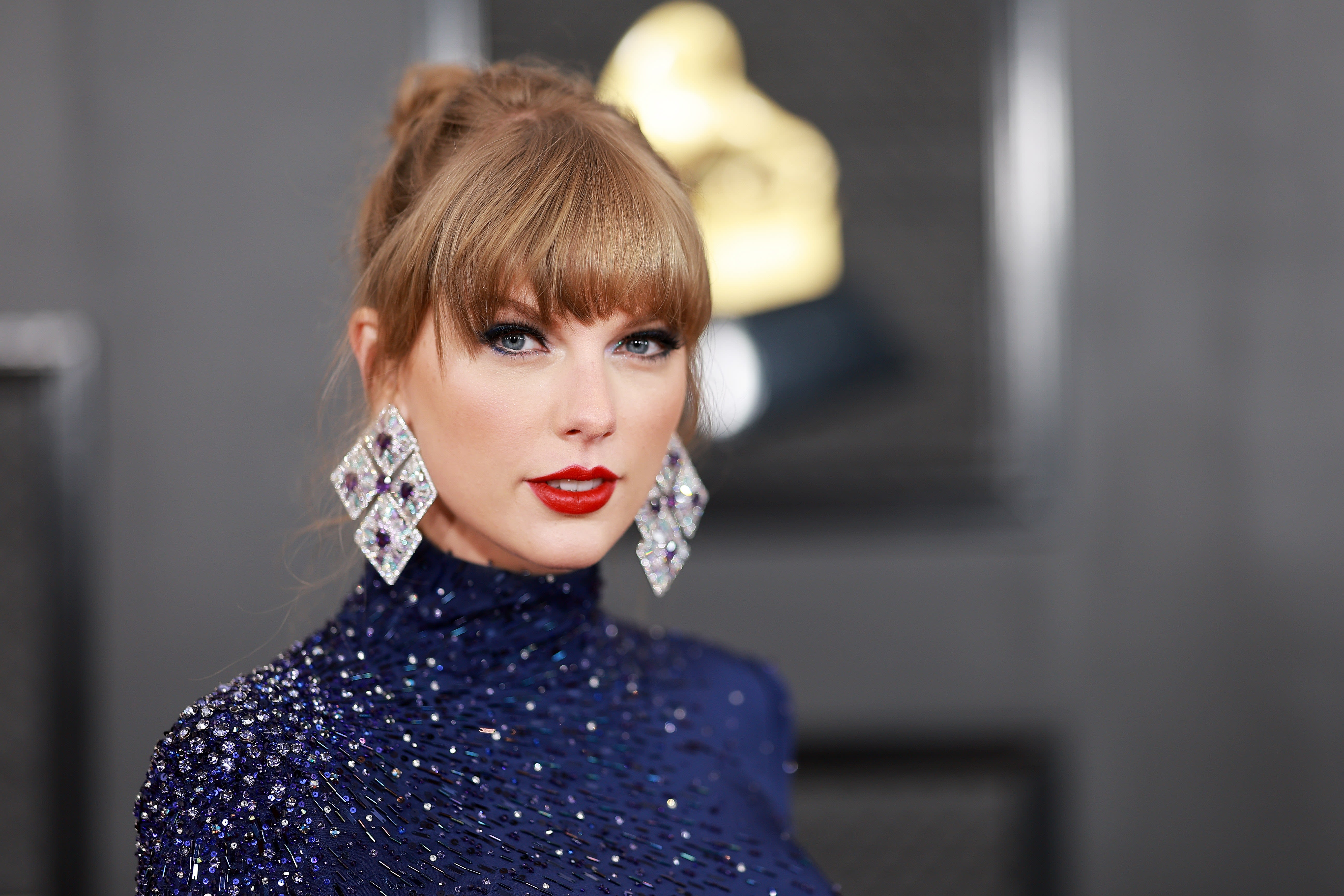Search results
News about Bryan Kohberger, Young Thug, Filimon Hurtado
News about Kamala Harris, Jessica Leeds, Donald Trump
Also in the news
As the trial moves forward, the prosecutor or plaintiff presents their case, but the defense has an opportunity to respond. This process of two sides going back and forth, is the heart of our trial procedure, and is based on an adversarial system.
- Types of Court Cases
Criminal vs. Civil Court Cases
- The Appeal Process
How a Court Case Gets Appealed
- The Judge and The Jury
Understanding the Judge and the Jury
- Getting Ready For Trial
Most of the progress of a federal case happens in what is...
- Types of Court Cases
People also ask
How does a trial work in a criminal case?
Who decides a trial in a civil case?
Do criminal cases go to trial?
What are the procedures of a criminal trial?
- Stages of A Criminal Trial
- Voir Dire
- Opening Statements
- Prosecution Evidence and Witnesses
- Motion For Directed Verdict
- Defense Evidence and Witnesses
- Closing Arguments
- Jury Charge
- Jury Deliberations and Verdict
- Post-Trial Motions
The trial is perhaps the best-known part of the criminal process, but it is only one of many stages of a criminal case. Very few criminal cases ever go to trial. Prosecutors and defendants frequently reach plea agreements, by which the state might agree to reduce the charge to a lesser offense in exchange for a guilty plea. Trials must follow certa...
Defendants have the right to a trial by jury in many criminal cases, including all trials in the federal criminal system. A jury is usually empaneled just before the beginning of trial. The process of interviewing prospective jurors is known as voir dire. Both the prosecutor and the defense may ask prospective jurors questions in order to identify ...
Once a jury is empaneled, each side may present opening statements summarizing the case that it intends to present.
The state presents its case first. It has the burden of proving the defendant’s guilt, including all of the elements of the indicted offense or offenses, beyond a reasonable doubt. It can call witnesses and offer other evidence in order to meet its burden of proof. Prior to trial, the court may have suppressed evidence obtained in violation of the ...
At the close of the state’s case, a defendant can move for a directed verdict or a judgment of acquittal, which asks the court to rule that the evidence presented by the state is “insufficient to sustain a conviction.” Most courts are limited in their discretion to grant motions like this. See Carlisle v. United States, 517 U.S. 416 (1996).
The defendant may present evidence and call witnesses to rebut the state’s case. The defendant is not obligated to testify, nor may the state call him or her as a witness due to the Fifth Amendment’s privilege against self-incrimination. Since prosecutors have the burden of proving guilt, a defendant does not have to prove innocence. A defendant do...
Each side may make closing arguments once it has finished presenting evidence. The arguments summarize their cases and identify flaws in the opponent’s arguments or evidence.
The judge issues instructions to the jury, known as the jury charge, including questions related to the elements of the charged offense. Both the state and the defendant can submit proposed jury charges to the court.
The jury retires to deliberate over the evidence. In some cases, jurors are sequestered during the deliberation period, but usually they are simply instructed not to discuss the case with anyone. If the jurors cannot reach a unanimous verdict, the judge may declare a mistrial.
If the jury enters a guilty verdict, the defendant can bring post-trial motions, such as a motion for judgment of acquittal or a motion for new trial. If the court denies a defendant’s post-trial motions, the defendant may proceed to an appeal. Last reviewed October 2023
- Judge or jury trial. The defense often has the right to decide whether a case will be tried to a judge or jury, but in some jurisdictions, both the prosecution and the defense have the right to demand a jury trial.
- Jury selection. If the trial will be held before a jury, the defense and prosecution select the jury through a question-and-answer process called "voir dire."
- Evidence issues. The defense and prosecution request that the court, in advance of trial, admit or exclude certain evidence. These requests are called motions "in limine."
- Opening statements. The prosecution and then the defense make opening statements to the judge or jury. These statements provide an outline of the case that each side expects to prove.
Oct 18, 2023 · If a case proceeds beyond any pre-trial motions, and the parties do not reach a settlement outside court, the case will be decided at a trial. This happens only in a very small percentage of cases, since most parties prefer to avoid the costs, time, and uncertainty of going through a full trial.
Most of the progress of a federal case happens in what is called the pretrial phase, and will include actions that must occur before the start of the trial. Strict rules and policies dictate what happens at the pretrial stage of both types of cases.
Steps in a Trial. Click on the links below for more information on this particular subject area. Main subject areas for the "How Courts Work" section are linked at the bottom of these pages. Diagram of How a Case Moves Through the Courts. Civil and Criminal Cases. Settling Cases. Pre-trial Procedures in Civil Cases. Jurisdiction and Venue.
Criminal prosecution develops in a series of stages, beginning with an arrest and ending at a point before, during or after trial. The majority of criminal cases terminate when a criminal defendant accepts a plea bargain offered by the prosecution.
